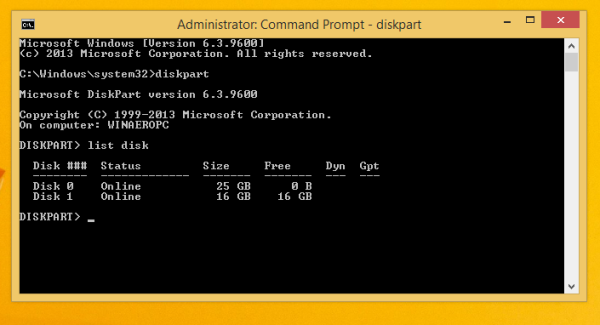

Mount the install ISO image of Windows 10: $Results = Get-Disk |Where-Object BusType -eq USB |Out-GridView -Title 'Select USB Drive to Create UEFI bootable device' -OutputMode Single |Clear-Disk -RemoveData -RemoveOEM -Confirm:$false -PassThru |New-Partition -UseMaximumSize -IsActive -AssignDriveLetter |Format-Volume -FileSystem FAT32 Copy the bootmgfw.efi file to the f:\efi\boot folder and rename it to boot圆4.efi.Entirely copy its contents one level up (to the F:\efi\boot directory).Go to f:\efi\microsoft\boot folder on the USB flash drive.If you are creating an install USB flash drive with Windows 7 for a UEFI computer, you need to perform additional steps:


Create UEFI Bootable USB Drive to Install Windows 7 This completes the process of creating a bootable UEFI flash drive with Windows 10. The Windows Installer will assemble the swm files and apply the full wim image to the disk during the install process. The resulting files (install.swm, install2.swm, install3.swm …) need to be copied to the USB flash drive into the directory F:\sources. Imagex /split D:\sources\install.wim c:\tmp\install.swm 3000 To do this, you can use the command Dism /Split-Image:ĭism /Split-Image /ImageFile:D:\sources\install.wim /SWMFile:c:\tmp\install.swm /FileSize:3000 In this case, you will have to split the install.wim file into several files up to 4 GB in size (for example, 3 GB files). The size of the install.wim file may be more than 4 GB if you integrated updates, drivers, etc. Since the maximum file size on the FAT32 file system should not exceed 4 GB, you won’t be able to copy the large image file install.wim. Step-by-step guide on how to create a boot Windows flash drive for a UEFI system using diskpart: The procedure described below is suitable for advanced users, is performed from the command line and allows you to fully control (and understand) all the steps in the process of creating a bootable USB flash drive. You can create a bootable UEFI flash drive with the Windows install image manually. Using Diskpart to Create UEFI Boot-Stick with Windows After 10-15 minutes, your bootable USB flash drive with Windows install image for UEFI computer is ready. Boot selection: specify Windows ISO image file (you can create an ISO image with the latest Windows 10 build using the Media Creation Tool, see example) Ĭlick START to write a Windows image to a USB flash drive.Run the Rufus tool with administrator privileges and specify the following settings: In addition, it works much faster than analogs. The tool is quite compact (about 1 MB), doesn’t require installation and it’s completely free. At the moment, the Rufus version 3.10 is available on the developer’s website. It is much easier for novice users to create bootable UEFI flash drive for installing Windows using the graphical interface of the popular Rufus utility. Using Rufus to Create Windows UEFI USB stick


 0 kommentar(er)
0 kommentar(er)
